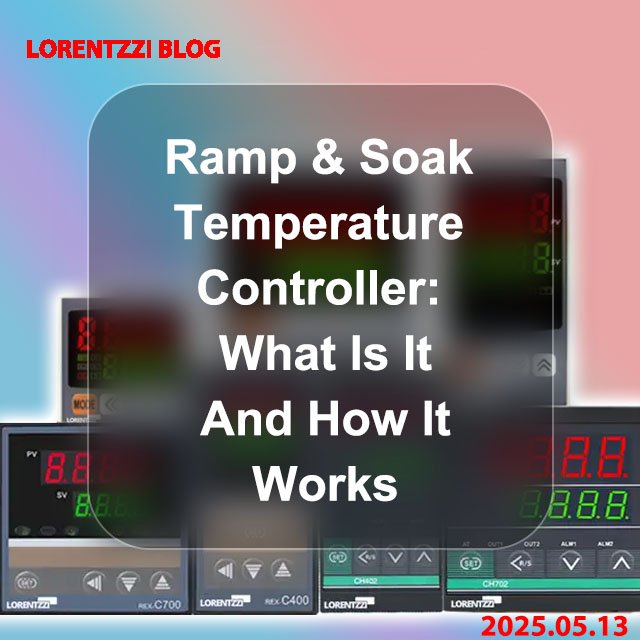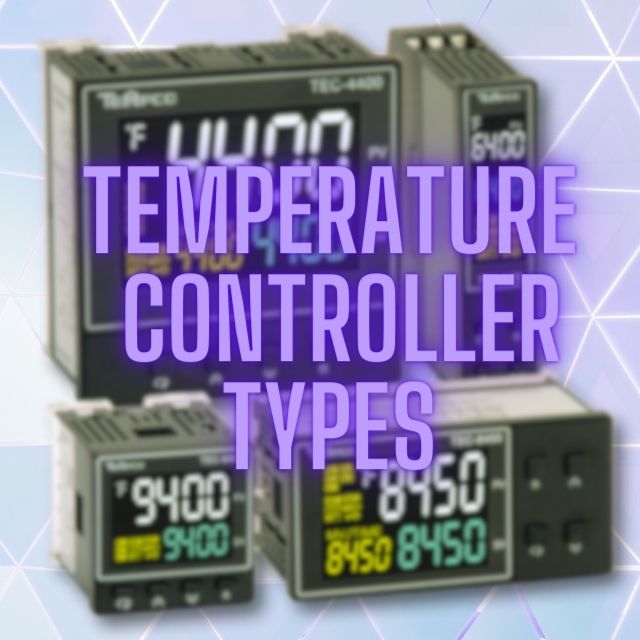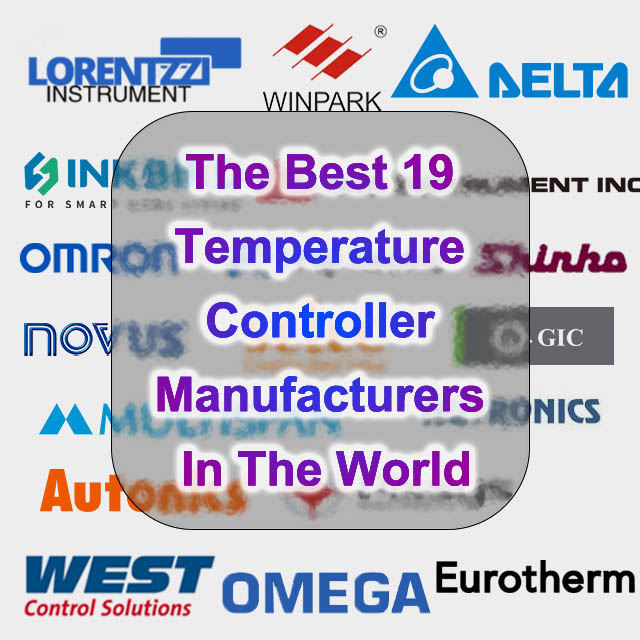Are you looking for a temperature controller with multiple programmable segments and the ability to control ramp or dwell times? The ramp and soak temperature controller is your ideal choice.
Now that you have a general idea of which product to choose, what exactly is it? How does it work? In this article, we will provide you with a detailed explanation, so let’s learn this knowledge now.
What is a ramp and soak temperature controller?
A ramp and soak temperature controller (also called profiling temperature controller) is a controller that allows the user to freely set ramp and soak segments(we will explain these two segments in the next section).
For example, your controller supports up to 5 programmable segments, which means you can set up to 5 temperature points and their corresponding temperature durations as shown below:
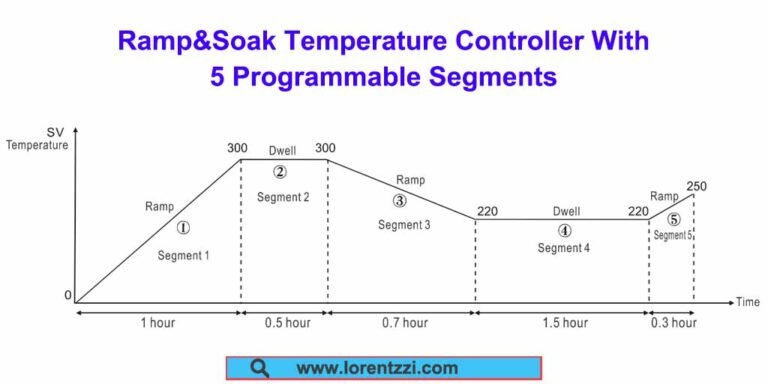
They are widely used in industries such as heat treatment, ceramics, glass and plastic production, and complex process furnaces.
What are ramp and soak segments?
It is not enough to just know what it is mentioned above, so what is a ramp/hold segment? Below we will explain in more detail:
Ramp segment
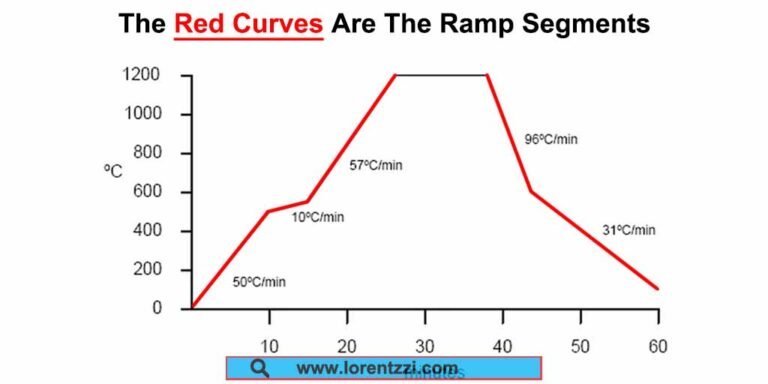
Ramp segment refers to the process of increasing or decreasing the set value within a predetermined time or at a predetermined rate. The larger the slope (temperature/time value), the faster the temperature changes and the shorter the heating time. The smaller the slope, the longer the heating time at the same set temperature.
Soak segment
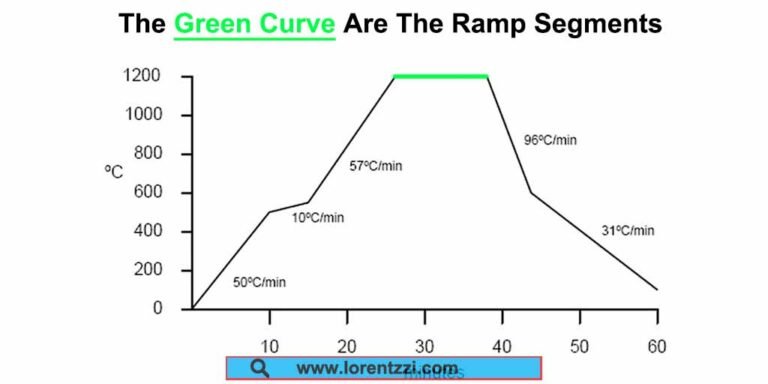
Soak segment (also called dwell segment) maintains the temperature value for a specified period of time. During this stage, the temperature is kept constant to ensure that the workpiece or material reaches a uniform temperature and the necessary processing is carried out within a specific time.
Ramp and soak temperature controller working principle
The working principle of the ramp & soak temperature controller is based on the PID algorithm, which is very simple and accurate. Its working process is divided into two steps:
Step 1: First set the temperature and duration of the first segment, then set the temperature and duration of the second segment, and so on until the last section.
Step 2: Once the settings are completed, relying on the PID algorithm, the controller will automatically increase or decrease the output percentage to adjust the heating efficiency. The higher the temperature/time value, the higher the output percentage, and vice versa.
Applications
Heat treatment industry
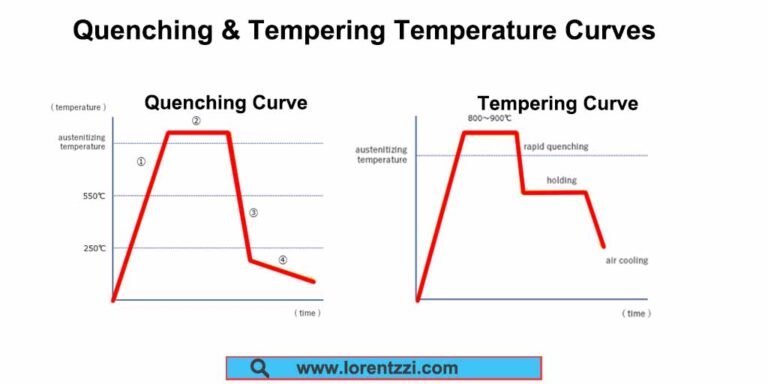
In heat treatment processes such as quenching and tempering, the ramp/soak controller can accurately control the heating, cooling rate and holding time to ensure the performance and quality of metal materials. For example, during tempering, a slow cooling rate can minimize the thermal stress and deformation of the workpiece.
Ceramic and glass industries
During the sintering and annealing process of ceramic and glass products, using the ramp and soak temperature controllers can prevent cracking and deformation caused by rapid temperature changes, thereby improving product quality and output. For example, during the glass annealing process, a slow cooling rate can gradually release the internal stress in the glass.
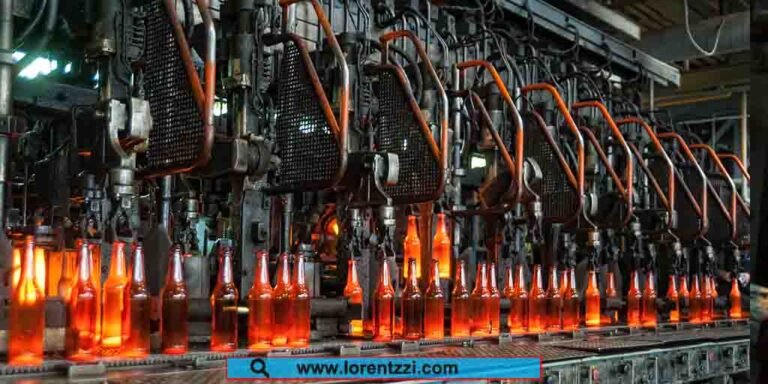
Plastic production industry
In plastic production such as injection molding, compression molding, extrusion, blow molding and thermoforming, ramp and soak temperature controllers also play a very important role. Let’s take injection molding for example to explain in detail.
When the injection molding machine is used to produce high-end plastic products such as automobile bumpers and large household appliance housings, a ramp and soak temperature controller is essential. With the precise temperature control curve of the ramp and soak temperature controller, the plastic raw materials can be fully melted according to its characteristic, and the generation of bubbles can be reduced during the curing process.
Multi loops VS ramp and soak temperature controller
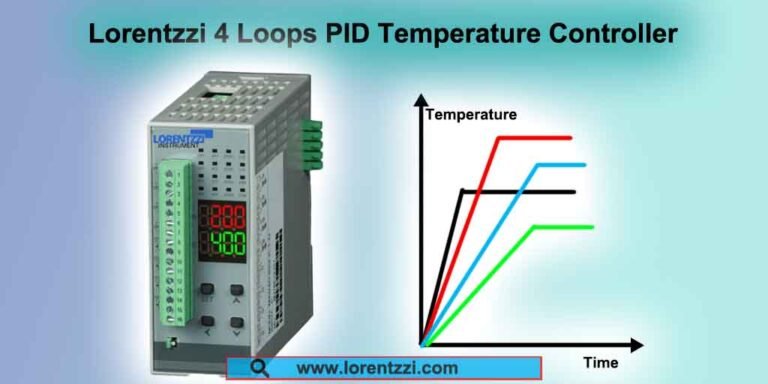
Some people may ask, is the multi-loop controller a ramp controller? The answer is no, the multi-loop temperature controller and ramp/soak temperature controller are two completely different products.
Multi-loop temperature controller can also be understood as a multi-channel controller, which has multiple inputs and multiple outputs in one product. Several channels are independent of each other and do not interfere with each other.
While ramp and soak temperature controllers can be understood as programmable temperature controllers. Several temperature points are not independent of each other. The next section can only be carried out after the previous section is completed.
Conclusion
In summary, the ramp and soak temperature controller is an ideal product for complex temperature control applications, where you can set up multiple temperature curves as needed.
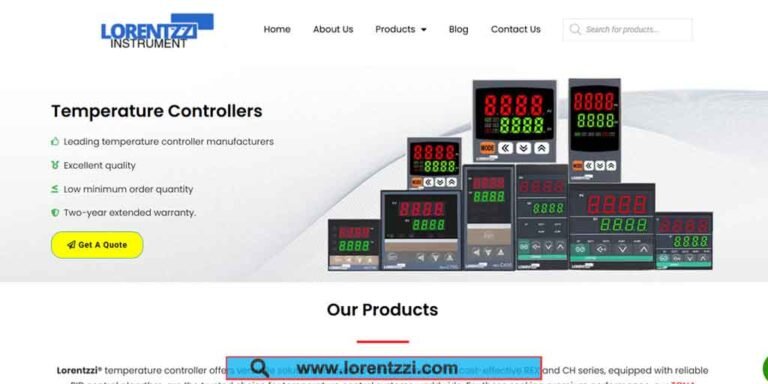
At Lorentzzi®, you can not only find our various kinds of high-quality temperature control products, but also get our temperature control solutions. If you have a project to discuss with us, please send an email to shonxu@lorentzzi.com and our staff will respond within 24 hours.

